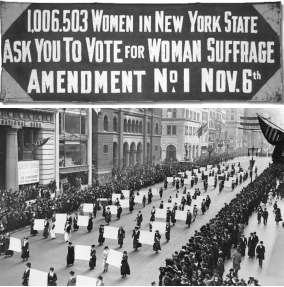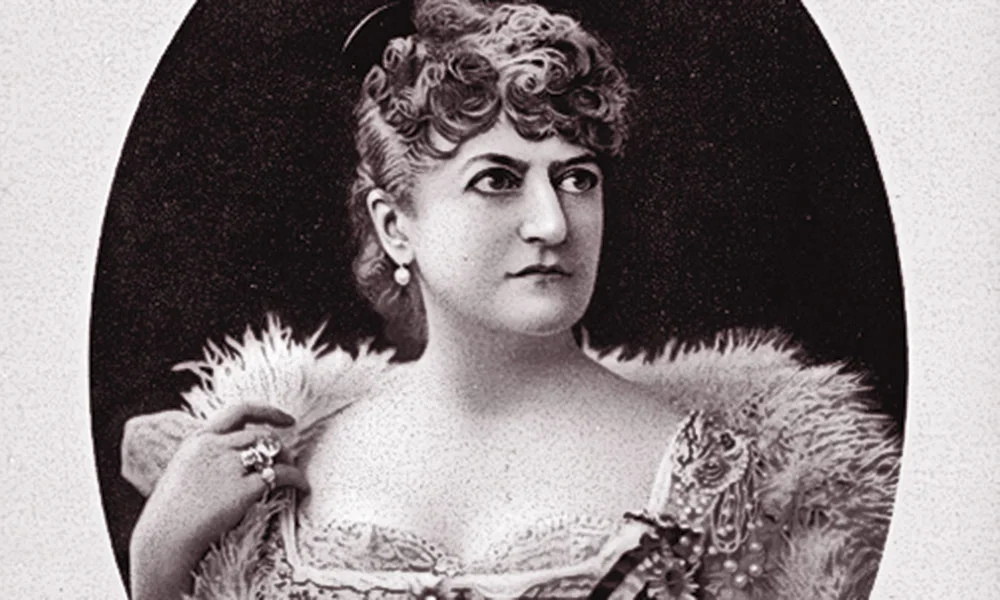Where Suffrage Took Flight: Staten Island and the Woman Suffrage Movement
By Gabriella Leone
On May 20, 1913, nationally renowned suffragist, Rosalie Gardiner Jones, made a spectacular debut in Staten Island, where she became the first suffrage activist to fly for the cause. To achieve this feat, she met her pilot Harry Bingham Brown, one of Staten Island’s resident pilots, at the Grant City train station and boarded his plane. The New York Times reported, “Gen. Rosalie did not show a sign of fear as she took her seat in the biplane, seized a steel rod, the only thing to hold to, with her left hand, had her skirts tied down with a little piece of blue string, and, with a bunch of leaflets in her right hand, nodded a smiling good-bye to the crowd below.” Decorated with 'Votes for Women' banners, the plane arrived at its destination, roughly two miles away on the island’s eastern shore, in fifteen minutes. It landed at the Flying Carnival of the Staten Island Aeronautical Society in a flurry of yellow leaflets, which Jones had been scattering along the way.
Read More









